If a person were to ever stumble upon an old-fashioned logger, they would probably get the impression that axes are not precisely the most excellent tool in their arsenal. However, many people worldwide would disagree with them and proudly declare that owning an ax is a sign of true passion for the outdoors. Axes are designed for chopping or splitting wood, which makes them particularly useful when you need to cut firewood or fell a tree.
To many collectors, vintage axes represent more than just tools for cutting wood. They’re also a symbol of the pioneers who helped settle this country and clear land for crops and grazing animals. If you’re interested in collecting these unique pieces and want to know more about some of the most valuable vintage axes on the market, read on!
Table of Contents
The History of the Ax
Axes have been in use for thousands of years, and the earliest known example was found in Western Asian countries dating back to the Bronze Age. Axes were also discovered in ancient Egypt, where they were used to build the pyramids, and in China, where they were primarily used for farming. The design of axes has evolved, and they’re now available in many different shapes and styles.
While axes have traditionally been used as tools for loggers and construction workers, they are also used by campers and hikers who need them to make firewood or clear paths through dense forests. Axes are primarily used to split or cut logs by placing the log on the ground and then bringing the ax down with enough force to break the log in two. Axes are also useful for chopping, where you can place the log on a chopping block and bring the ax down with a single blow without making a split in the wood first.
Axes are one of the oldest and most important tools ever invented and have been in use for thousands of years.
What is a Collectible Ax?
When someone refers to a ‘’collectible ax’’, they’re referring to an ax worth more than its functionality as a tool. Many axes manufactured in the 19th and 20th centuries are now considered ‘’vintage axes’’ and can be worth some good dollars.
A vintage ax can be worth a lot of money due to its rarity, design, or the name that is stamped on it. If an ax is stamped with the name of a famous lumberjack, it can be worth a lot more than an ax that is not stamped with a name. Keep in mind that if a vintage ax has not been properly stored, it can be worth less than $100, and an ax kept in a dry, clean environment is likely to be worth much more.
Estimate the Value of Your Ax
You’ll need to do some research to know how much your vintage ax is worth. First, you’ll need to find out who made the ax and when it was manufactured. Then, you’ll need to look up the value of that specific ax on online tools like eBay’s vintage ax guide. If you find a vintage ax whose value greatly exceeds its price, you might want to consider buying it and reselling it for a profit.
Finding the value of a vintage ax can be difficult, and you may need to do a lot of research and fact-checking before you can get a reasonable estimate of its worth. Also, remember that the value of a vintage ax is not guaranteed and can fluctuate based on the market and how much people are willing to pay for it.
Valuable Vintage Axes Worth Money
Let’s look at some of the most valuable vintage ax categories and see whether you can profit from them if you are lucky enough to have any of them.
● Vintage Felling Axes
Felling axes are made primarily for chopping timber logs and felling trees. A felling ax will have a head that weighs between two and four pounds and a long handle. This large handle gives the operator more leverage and a more powerful swing, which results in a superior cut.
Traditionally, hickory wood is used to make the handles since it is sturdy. For greater strength, the hickory grain should curve and follow the length of the handle. A felling ax’s blade has a flared shape and a point that is both thin and pointed.
Vintage felling axes are now very popular among collectors and sell for as high as a couple of hundred dollars. This is because most vintage felling axes are usually in good shape and can still carry out their intended function, despite their age.
A vintage flint-edge felling ax by Kelly Works in fair condition was recently sold on eBay for almost $190. There are also several listings of vintage felling axes in good shape for prices as high as $413 on auction sites like Etsy. This will give you an idea of how much you can sell a vintage felling ax if you plan on selling one.
● Double-Bit Axes
In the 1850s, William Mann created the first double-bit ax. He runs The Man Edge Took Company, one of the few producers still producing axes. A double-bit ax contains two blades, one of which is sharp and the other which is somehow blunt.
Double-bit axes are still a well-liked utility ax among Western Americans today. This is particularly true for organizations like the USDA Forest Service.
Coming across a vintage double-bit ax in good shape is quite difficult these days, making them valuable among collectors. Vintage double-bit axes now sell reasonably, and some rare ones can sell for over $400. A vintage Black Raven double-bit ax by Kelly Works was sold on eBay for $450.
● Broad Axes
A broad ax is also referred to as “a hewing ax” because it is mainly used for hewing, which is the conversion of round-edged lumber into flat-edged timber. Before the advent of industrial sawmills, this carpentry (hewing) was frequently employed in wood processing.
Until the end of the 19th century, broad axes were employed in Europe and North America. Broad axes were frequently used in producing square timbers for wooden ship construction, log construction, timber framing, and railroad ties (also known as ax ties). It is now hardly seen in everyday use. Because they are now relatively uncommon and valuable, the demand for them as a collectible has grown.
A vintage American broad ax by Beatty & Sons was sold on eBay for $140. If you are a collector or a seller looking to trade a vintage broad ax, you can check out some recently completed sales or current sales listing on auction sites to know how much they are sold.
● Vintage Splitting Maul
A splitting maul is also called a block buster or a sledge ax. This ax was created primarily to cut wood into kindling. It resembles a felling ax in design and features a long wooden handle for a powerful stroke. Compared to a felling ax, the head of a splitting maul is heavier and weighs about eight pounds.
The head (blade) is shaped like a thick wedge, with one sharp end and one blunt end, which looks like that of a sledgehammer. The sharp end doesn’t need to be very sharp to be helpful, as most of the work will be done by the weight and shape of the blade.
Splitting mauls that were produced years ago are now fast-selling collectibles among collectors. Most vintage splitting mauls are now hard to come by these days in mint condition, and just the head alone could sell for a reasonable price in the collectors’ market. For instance, the head of a vintage Swedish splitting maul by Gransfors Bruk was sold recently on eBay for $100.
● Vintage Hudson Bay Ax
The inventors of this medium-sized ax were Canadian fur trappers. On lengthy journeys to the chilly north, they used it to chop firewood and as a general-purpose ax for various jobs. Hudson bay ax is primarily considered the precursor to most modern-day tomahawks.
The size of the ax is between the size of a hatchet and a full-sized felling ax. It works well for minor cutting and splitting tasks and may be used with either one hand or both. Its small size makes it more portable for camping trips. However, it does not have much use on larger trees.
Old Hudson Bay axes are now collectibles that collectors consider valuable. They now sell for as high as almost $200 on auction sites like Etsy. Even if you have one with missing parts, you can still sell them for reasonable prices. For instance, a vintage True Temper Hudson bay ax head was sold recently on eBay for $59.
● Vintage Carpenter’s Ax
A carpenter’s ax is a tool for artisans for fine woodworking and is not the best choice for general felling or chopping tasks. This is a little ax occasionally referred to as a carpenter’s hatchet. It is somehow similar to a hatchet, although it is slightly bigger. Traditionally, this ax would have a straight razor-sharp edge and a flat butt that can serve as a hammer.
The popularity of antique carpenter’s axes is growing among collectors, and they can now sell for reasonable prices. A vintage German carpenter’s ax was sold on eBay for $99. Another vintage Swedish carpenter’s ax is listed on Etsy for $101.
When buying a vintage carpenter’s ax as a collector, pay attention to the blade’s edge since a straighter edge indicates a higher-quality ax.
● Vintage Ice Ax
Ice axes first gained popularity when people began harvesting ice in the winter and storing it for use in the summer. The alpenstock, a long wooden stick with an iron spike point used by shepherds to cross snowfields and glaciers in the Alps since the Middle Ages, was the precursor of the ice ax.
It is pretty challenging to see vintage ice axes in good condition, making them very valuable. If you plan to add one to your collection, you can check out the sales listing of some vintage ice axes on Etsy.
● Vintage Fireman’s Ax
The fireman’s ax, also known as the Pulaski, is a unique hand tool that combines an ax and an adze into one head and is used to combat flames, especially wildfires. It features a hard handle made of wood, plastic, or fiberglass, similar to a cutter mattock. The Pulaski, which can dig soil and chop wood, is used to build firebreaks. The fireman’s ax was invented in 1911 by Ed Pulaski, an assistant ranger for the US Forest Service.
One of the most sought-after collectibles is the vintage fireman’s ax. Vintage fireman’s axes contain the fire company’s monogram on their heads, making them valuable. If you unearthed one when metal detecting, you can quickly identify it, and this is because the fireman ax is the only ax with both a cutting edge and a pointed edge.
In fair condition, a vintage Kelly Works fireman’s ax was sold recently on eBay for roughly $170.
● Vintage Mortising Ax
A mortising ax, otherwise called a mortise ax, is used to carve sills and notches in joints. The long and narrow head of the ax makes it simpler to cut through big logs. Thanks to the shape, artisans can hew deeply into a notch where they would otherwise need a chisel. It was one of the earliest woodworking tools used by the early settlers of the Orbost district.
Antique mortising axes are now quite valuable among collectors, partially because their use in woodworking has reduced significantly. Hence, they are becoming quite rare to come by.
Although sales listings of these vintage axes have been few in recent years, a number of them have been sold on auction sites like eBay for reasonable prices. For instance, a vintage mortising ax was sold on eBay for around $55.
● Roofing Ax
A roofing ax (a roofing hatchet or slater’s ax) is a high-quality craftsman’s tool. If you’re on top of a roof and don’t want to be dragging around many different tools, a roofing ax is a perfect tool to hold because of its multiple purposes.
There are two heads on either side of the handle of the roofing ax. One is a sharp blade used to cut roofing shingles, and the other is a hammerhead on the opposite end, which is used to drive roofing nails into the roof to attach the shingles.
Due to modern inventions, roofing axes have been vastly reduced and are now gaining popularity among collectors. Although they don’t sell for prices as high as other vintage axes, they can still be sold on auction sites for some dollars. For instance, a vintage roofing ax was sold recently on eBay for $26.
There are currently sales listings of these vintage axes on Etsy. You can check them out if you want to add one of these to your collection.
● Vintage Hunter’s Ax
One of the essential tools for a hunter is a hunter’s ax, which has two uses: it can chop wood and meat. A good hunter’s ax will have a grooved handle to improve grip, even when the user’s hands are wet or sticky from animal blood or rain.
A conventional ax would not be practical for skinning an animal since the straight blade, and sharp corners could accidentally harm the hide. A hunter’s ax, in contrast, features a rounded “flay poll,” which will be more practical for skinning animals.
If you are lucky to own a vintage hunter’s ax, you can sell it for an excellent price. A vintage hunter’s ax by Wetterlings Axes was sold recently on eBay for roughly $114.
● Vintage Throwing Axes
From Antiquity until the Middle Ages, foot warriors and occasionally mounted soldiers wielded throwing axes as weapons. Most of the time, they are thrown overhand so that the ax rotates as it flies through the air.
The use of throwing axes is now primarily limited to ax throwing, a competitive sport that has recently gained popularity. The throwing axes used in this sport might range in shape and design, but their crucial characteristic is that they must be exceedingly robust to withstand the strain from repeated throws.
Vintage throwing axes are now selling for reasonable prices among collectors these days, and if you have one you want to sell, now is the time to put it up for sale on auction sites. A recent sale of a vintage throwing ax with a Jesse Reed handle was completed on eBay for $150.
● Viking Ax
Viking axes, also called Bearded axes or Skeggøx, are probably one of the oldest forms of axes. They were used as weapons throughout the Viking Age. You wouldn’t be right to think that Viking axes were brutish and heavy, although many of them were huge. They were often very well-balanced and rarely weighed more than two pounds, making them easy to carry and use in combat.
These axes came in a wide range of sizes, but the majority were double-handed and had handles as long as 55 inches. Viking ax heads may have had a variety of shapes, but they are most famous for having thick beards.
Old Viking axes are now very rare to come by and are highly sought after by collectors. You can expect to sell them reasonably even if they are not in good shape. For instance, an antique medieval Swedish Viking ax head was sold recently on eBay for $100. Another seller on Etsy recently put up an ancient Kievan Viking battle ax head for sale for $145.
● Vintage Miner’s Ax
In the Middle Ages, European miners used this ax to extract metallic ores from the ground. These axes have a long head and short grip, making them perfect for usage in confined spaces. These axes may have had highly complex etching on the head that became a status symbol among miners throughout the years.
Miner’s axes have evolved to perform several functions, even though they were first created as agricultural tools in prehistoric times. They have been modified for general mining, construction, and even warfare.
Although vintage miner’s axes are popular collectibles, they don’t sell for high prices among collectors. This is partly because they are not as rare as most vintage axes. On average, they sell for prices between $20 and $40. A recent sale of a vintage miner’s ax was made on eBay. The ax was sold for $33.
● Vintage Forest Ax
Forest axes are strong axes that are only used for felling trees. They are pretty heavy-duty tools that would be difficult to transport on camping trips, but they would be fantastic to have inside a cabin in the woods.
These axes are designed to fell particularly massive trees and feature extra-long handles. The blade of a forest ax will be pointed, flared, and have a rounded tip.
Older forest axes sell for reasonable prices among collectors. Even in a rough shape, they can sell for as high as over a hundred dollars. For instance, a vintage forest ax head by Gransfors Bruk was sold on eBay for $115.
● Grub Ax
A grub ax, also referred to as a “cutting mattock,” has a head with an ax on one side and an adze on the other. The longer of the two blades, the adze, will be at a horizontal angle while the ax blade will be at a vertical angle.
The term “grub ax” refers to the method of using the tool for grubbing in rocky terrain and compacted soil. These tools are beneficial in gardening as they can break up stubborn roots of older plants or dig holes to sow new plants.
Vintage grub axes now sell for reasonable prices in the collector’s market. A vintage military grub ax in fair shape was sold on eBay for $50.
● Vintage Crash Ax
A crash ax is an emergency tool that is often utilized in the event of an airplane crash landing. This ax is a small, handheld tool with a sharp, smooth, or serrated blade and a short handle. In order to enter the aircraft from the outside or to make a hole in the aircraft from the inside if all other exits are blocked, the blade is used to cut through sheet metal.
A pick may be attached to a separate head on some crash ax types, while others may have a notch on the blade that can be used to hook onto sheet metal. These axes are typically utilized on all-metal constructions, and people outside the emergency services do not frequently own them.
Vintage crash axes now sell for prices between $40 and $100 on auction sites. A vintage WWII crash ax was sold recently on eBay for $50. Another listing of a vintage Swiss army crash Ax is currently on Etsy. The ax is presently priced at $100.
● Shepherd’s Ax
This is a long, thin, light ax of Eurasian origin. It was used in the past by Shepherds in the Carpathian Mountains and adjacent areas that today make up Slovakia, the Czech Republic, Poland, Ukraine, Romania, and Hungary.
A shepherd’s ax combines a function of an actual ax and a walking stick. Many traditional dances, including the odzemek, are still used as a prop. It has symbolic, historical, and cultural meanings.
Vintage shepherd’s axes rarely come up in the collector’s market. But when they do, they sell for reasonable prices. For example, an antique shepherd ax was sold recently on eBay for $98.
● Scythian Ax
The Scythian ax is popularly known as the Sagaris. The ancient Saka and Scythian horse-riding peoples of the vast Eurasian steppe utilized it as a shafted weapon. Along with Iranian people, it was also used by people from Western and Central Asia, including the Medes, Persians, Parthians, Indo-Saka, Kushans, and Mossynoeci.
It is a long-shafted weapon with a metal head, an edge that is either sharp (ax-like) or blunt (hammer-like), and a point, like that of an ice pick, which can be straight or curved on the opposite side.
Scythian axes are arguably the rarest vintage axes, and it is almost impossible to see one in good condition. Hence, it is so valuable that only a part of the ax can be sold for a reasonable price. For instance, an antique Scythian war battle ax head was sold recently on eBay for roughly $98.
● Tomahawk
Native Americans in North America were the first users of tomahawk axes. Since their inception, they have been utilized in warfare in the American Revolution and the Vietnam War. They have a long military history.
These axes resemble hatchets but are noticeably lighter and feature a straight handle. They are easier to throw during fighting because of their straight handles, and their sharp blades can be used for various tasks, such as digging, prying, chopping, and splitting.
Vintage tomahawks are now valuable collectibles among collectors, selling for excellent prices. A vintage hand-forged pipe tomahawk is currently up for sale on liveauctioneers.com for $325.
Conclusion
Vintage axes are a special kind of collectible. While other collectibles might be worth thousands of dollars, they’re still new, shiny, and in good condition. On the other hand, Vintage axes have been used to chop wood and fallen trees, so they are likely to have battle scars. Vintage axes are an exciting collectible because they are a piece of history you can hold and use in your hands. If you’re interested in collecting vintage axes, it’s a good idea to research the different types of axes produced and the factors that affect their value.
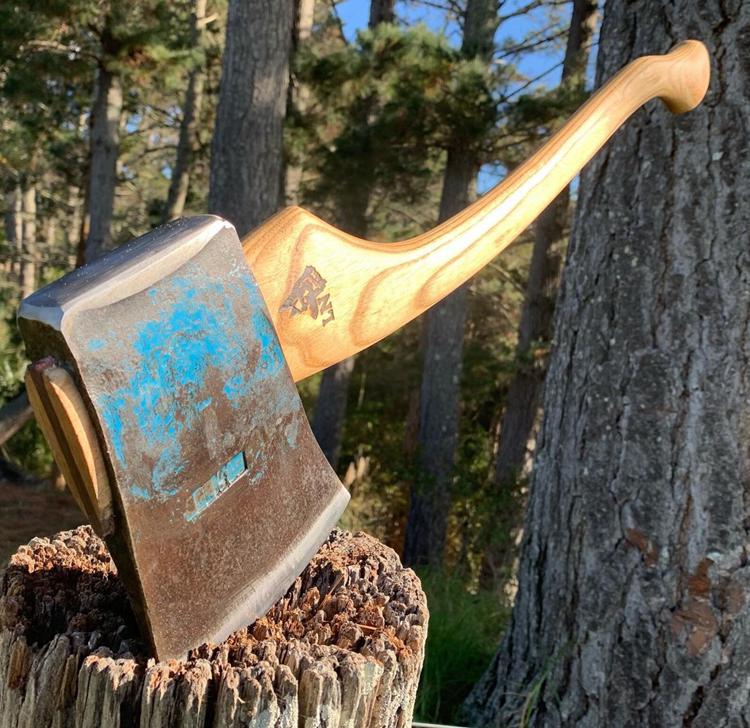
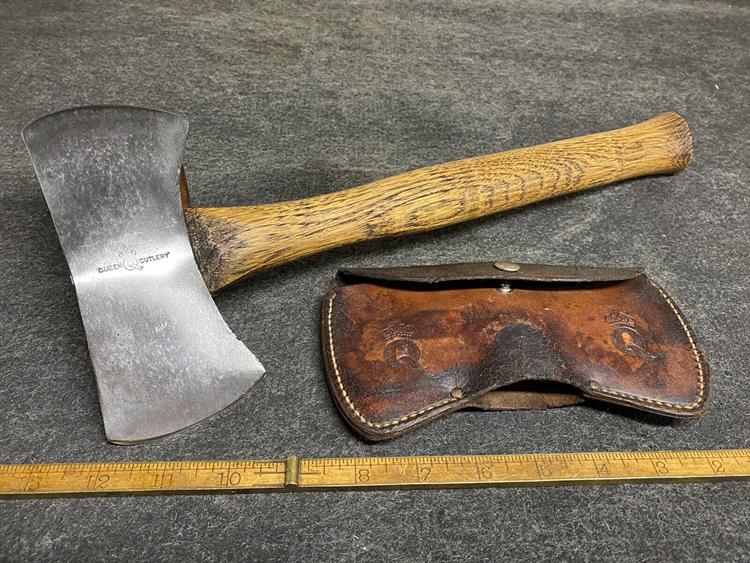
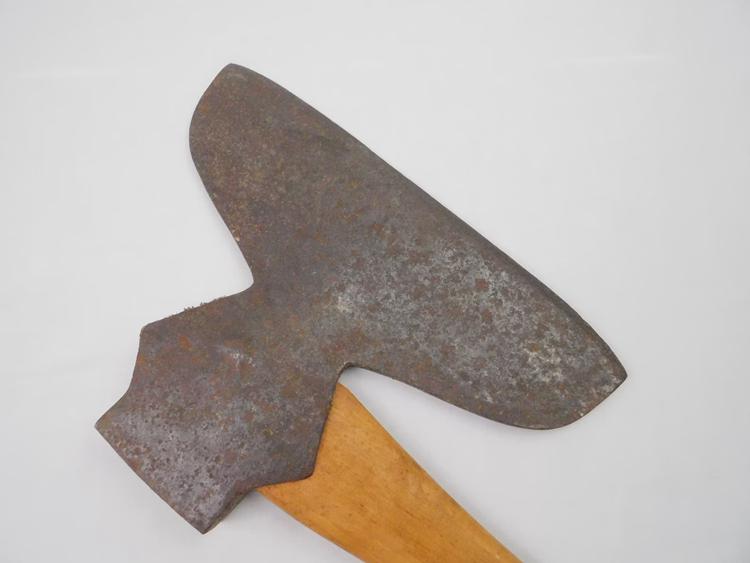
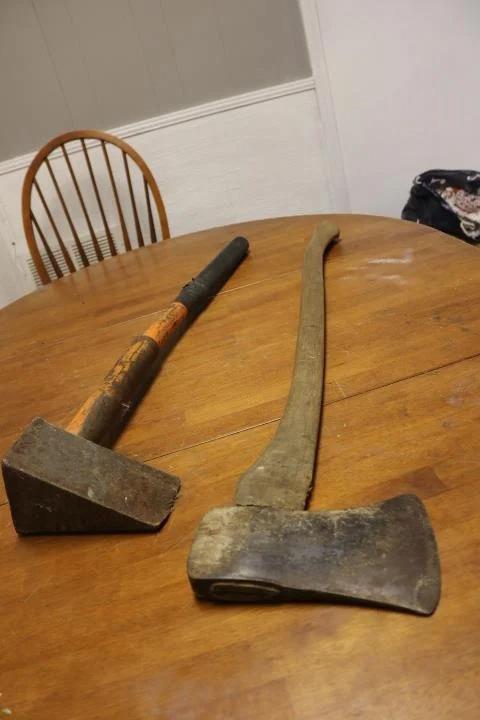
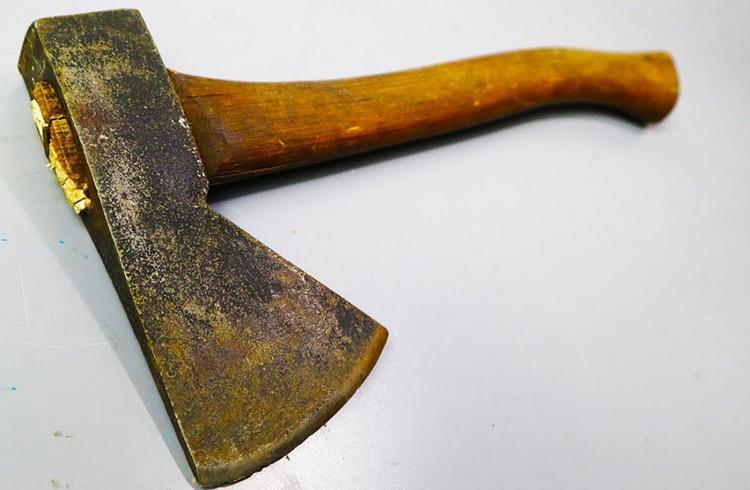
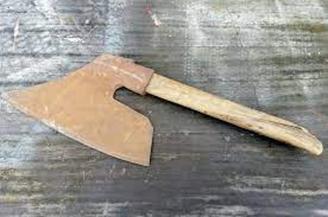
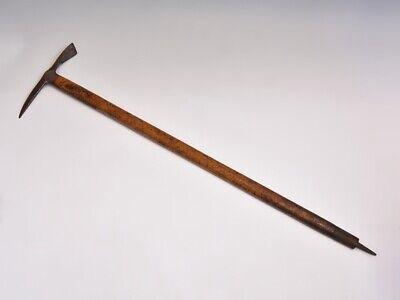
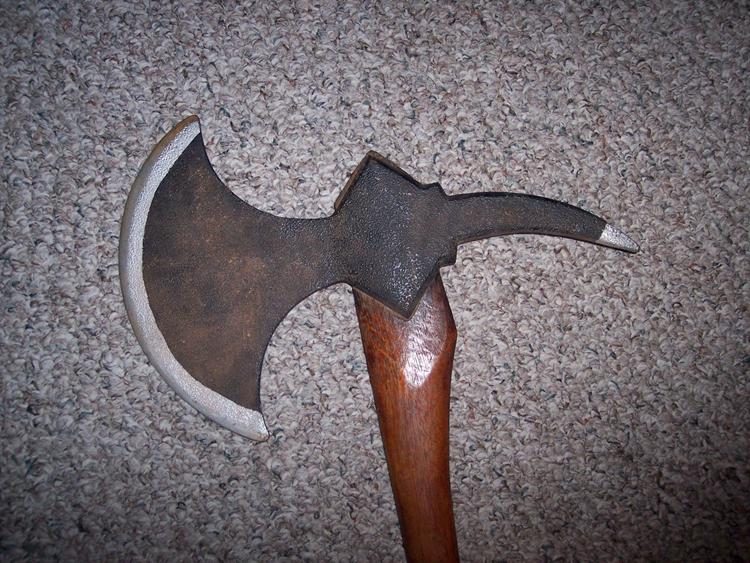
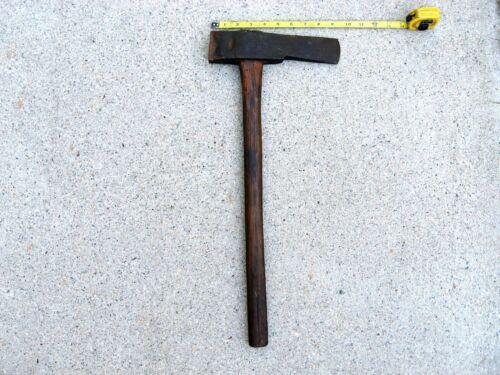
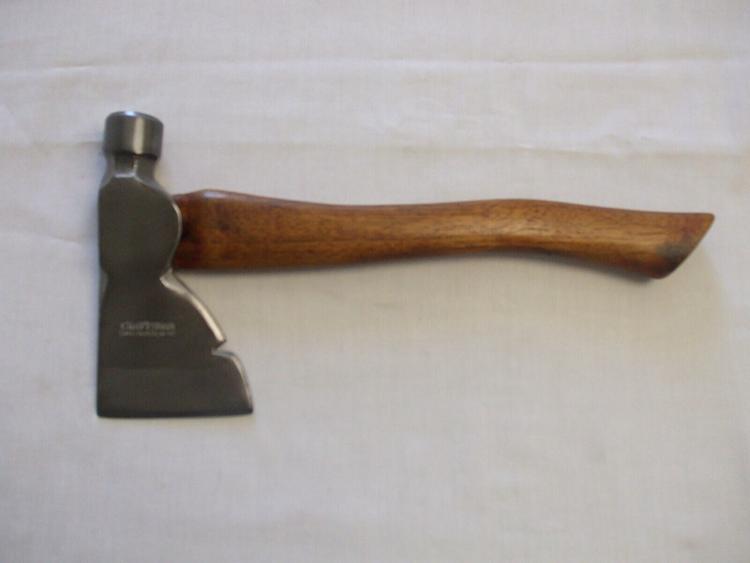
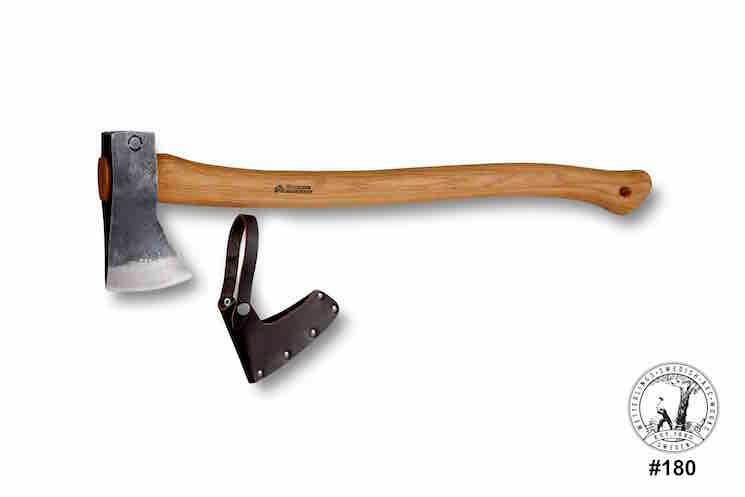
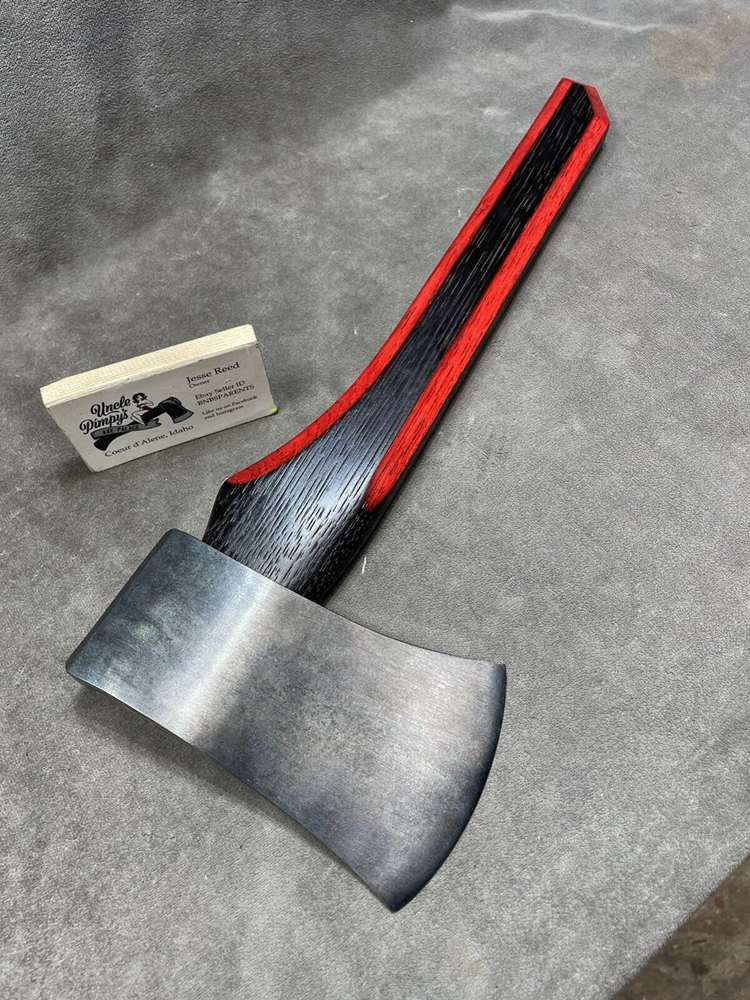
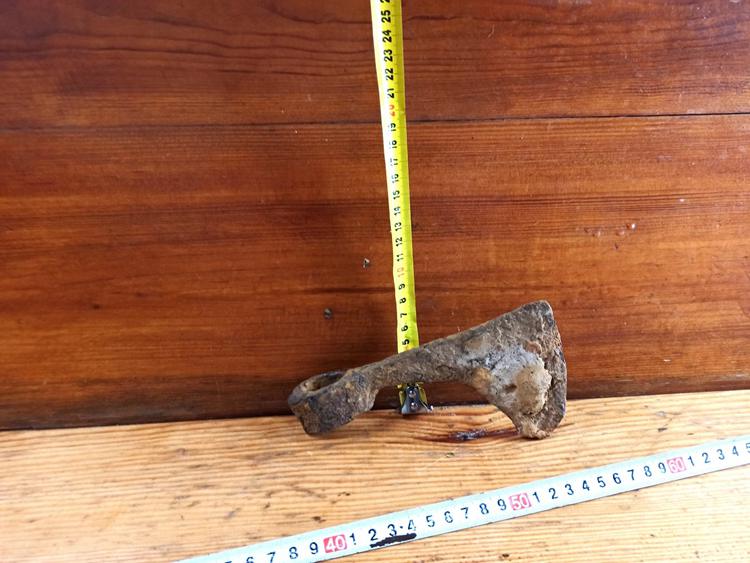
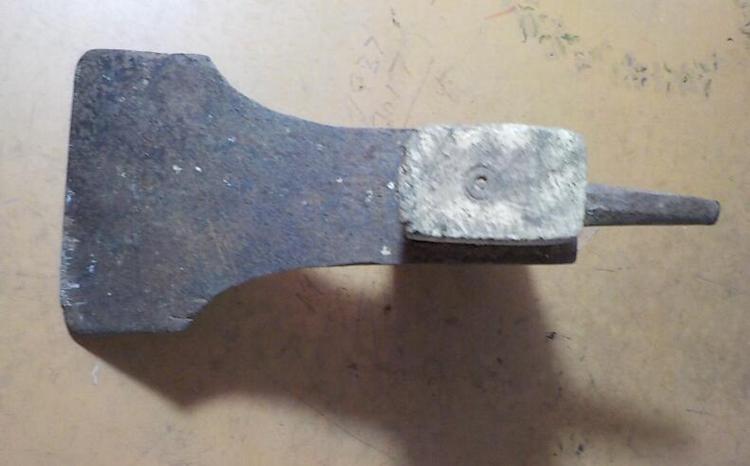
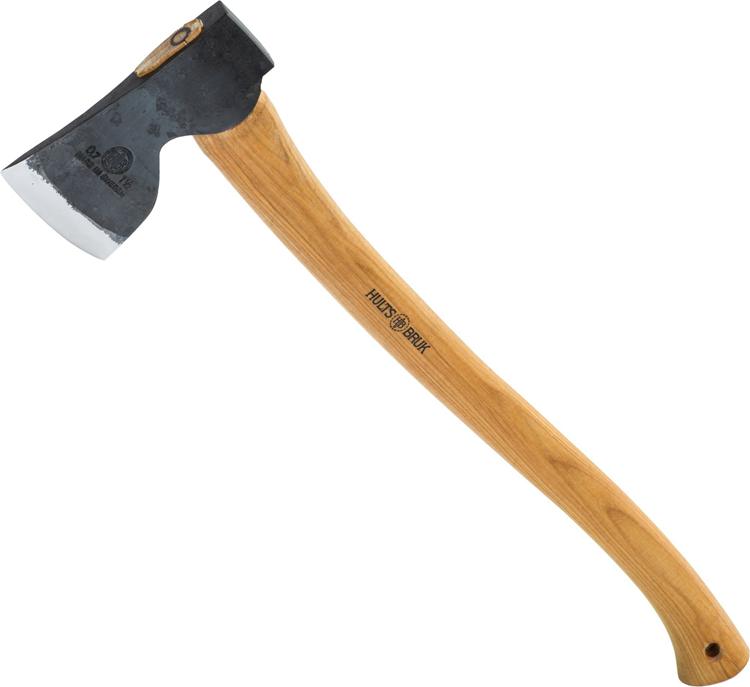
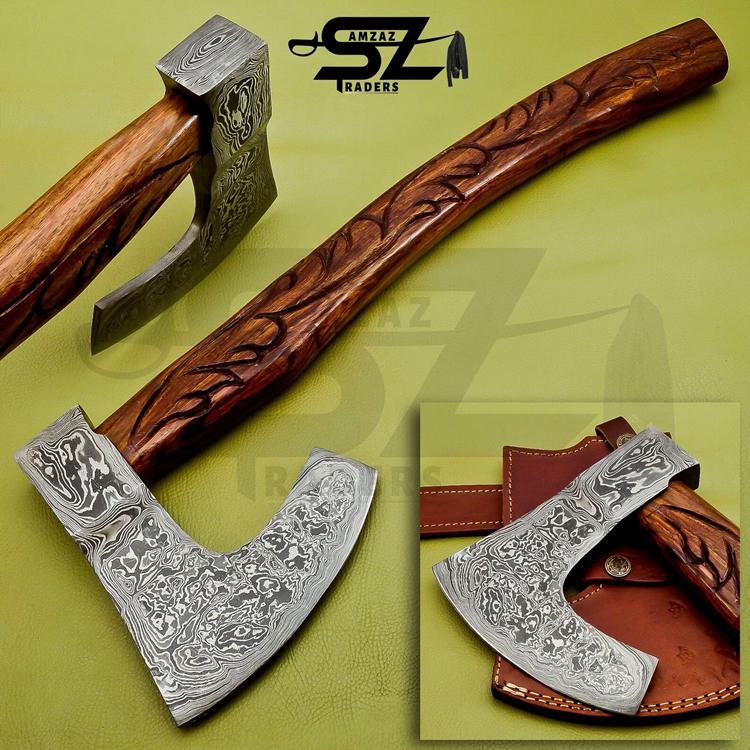
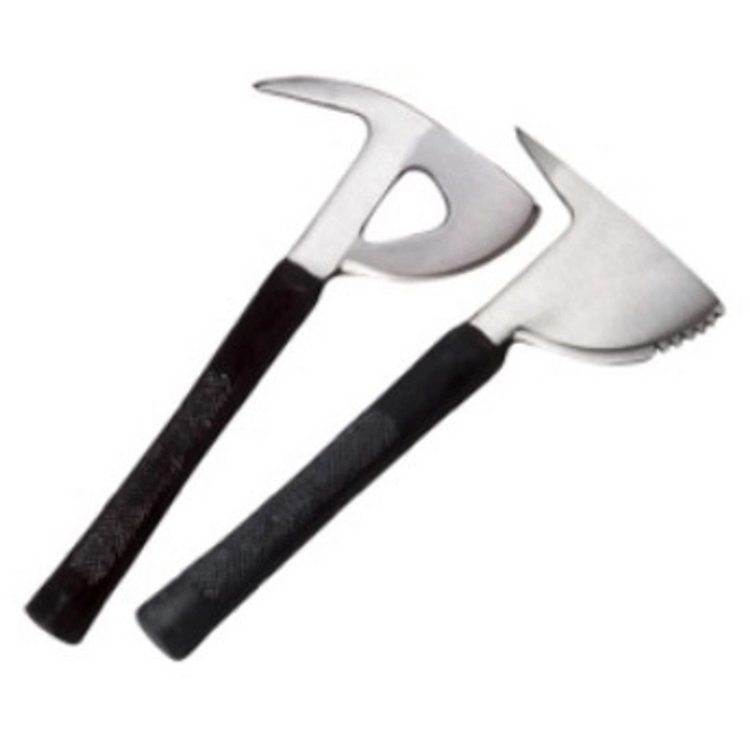
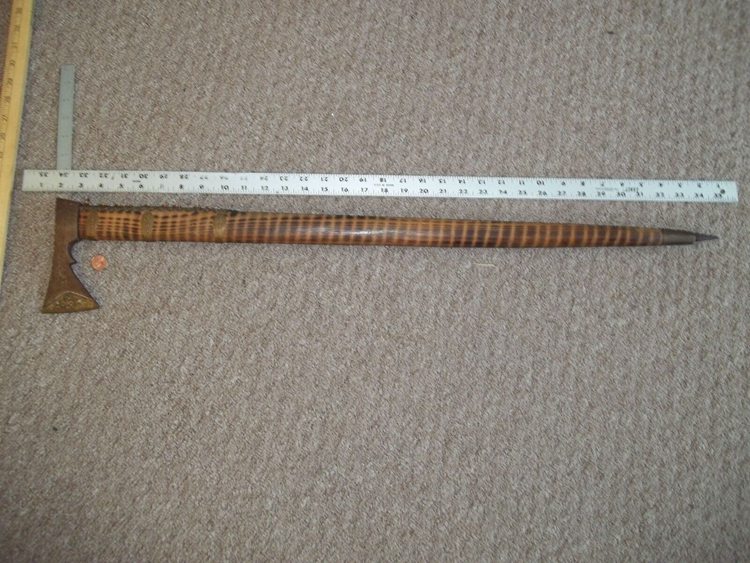
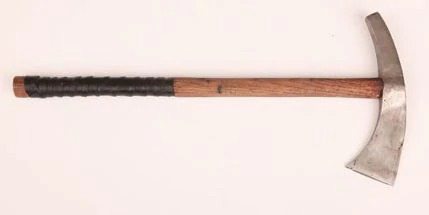
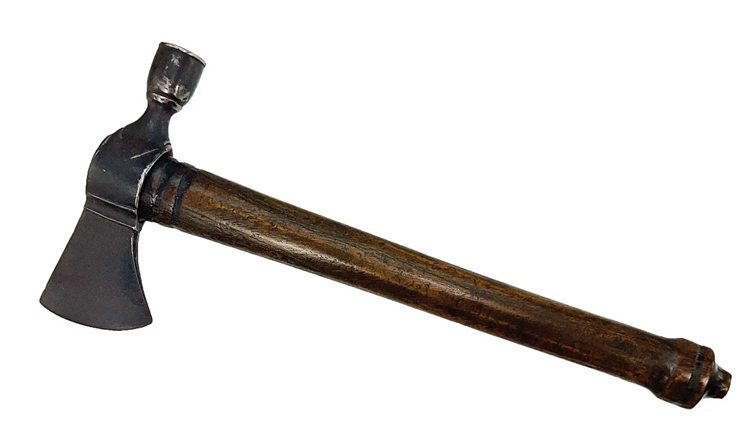






![Vintage Schwinn Bikes: [Types, Identification, and Values]](https://www.txantiquemall.com/wp-content/uploads/2022/05/5.-Schwinn-1967-Ramshorn-Fastback-Stingray-Sky-Blue-vtg-600x450.jpg)
